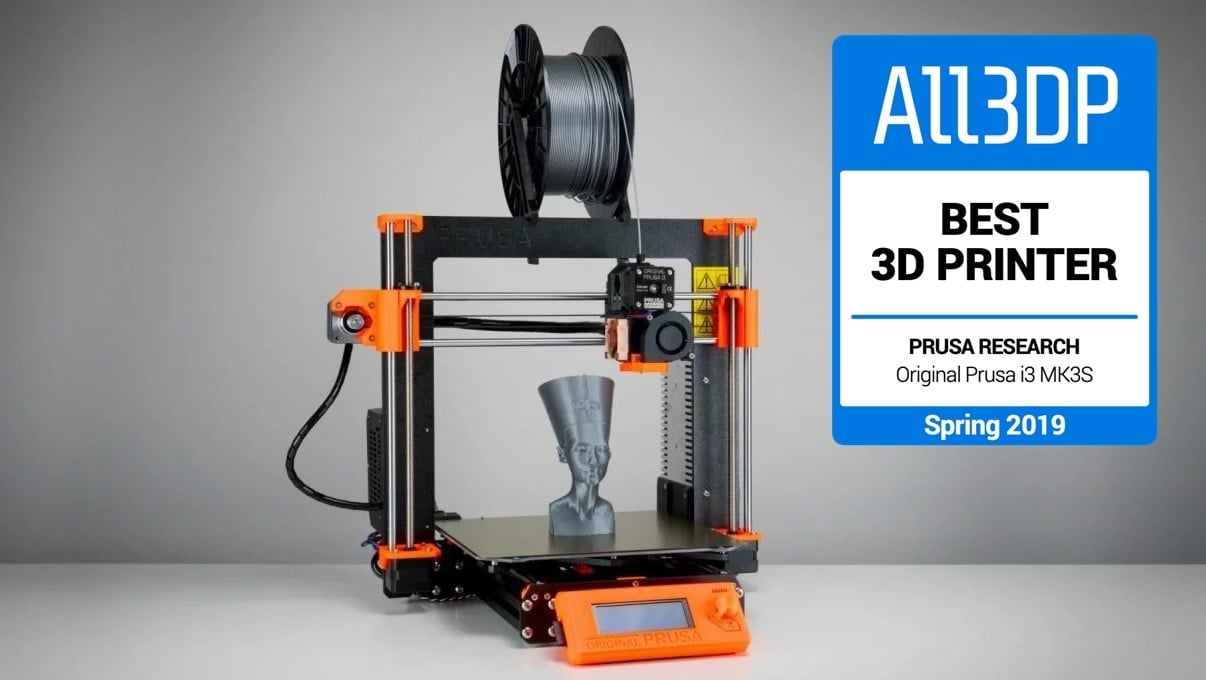

I worked quickly on this profile because I was able to copy many changes from my 0.16mm profile. Prusa’s stock draft profile estimates a print time of 42 minutes. I worked on this profile while printing pairs of my CNC edge clamps. It isn’t a big difference with such a small part! Just for reference, the slicer says Marvin will take 23 minutes with Prusa’s draft profile and 21 minutes with my draft profile. This is as far as I got before I started messing around with the 0.3mm DRAFT profile. I’m not sure I’m happy yet, but the rest of my changes bring the job down to 36 minutes.

Then I made small changes to most of the print speed and acceleration settings. We saved some time by going from 169 layers down to 158 layers.Īt this point, we haven’t done anything that would significantly impact the appearance of the finished part. This is a tiny adjustment, but it brings us down to 39 minutes. I did this because my printer had no trouble printing infill at a height of 0.32mm. On my old printer, I used to print with a 0.16mm layer height. Our friend Marvin doesn’t have much infill! These settings give a bigger speed up on larger prints. This means you spend half as much time printing infill, but you don’t have to give up the resolution on the perimeters.Ĭombining infill every two layers brings Marvin down to 41 minutes. At a layer height of 0.15mm, you can tell PrusaSlicer to combine infill every two layers, and your infill will be 0.3mm. The next thing I noticed was that the Prusa profiles don’t combine infill across layers. Not a huge savings, but I would be willing to bet the savings would be more on a larger model. If we drop down to 15% infill, we wind up at 47 minutes. We are probably ending up with more infill due to the way the shifting layers of cubic infill are lining up with our spherical dude. Switching to cubic infill increased print time by one minute. That means we can lower our infill percentage without significantly degrading the strength of our parts. Cubic infill prints nearly as quickly, but it is stronger. The first thing I noticed was that many of the Prusa profiles default to grid infill. NOTE: I’m pretty sure the robot was printed with an early version of my 0.16mm profile. The Prusa 0.15mm profile says Marvin will take 48 minutes to print.Ī post shared by Pat Regan on at 12:27pm PDT The estimates aren’t exact, but they’ll give you an idea of where we’re going. I’ll use the Marvin keychain and PrusaSlicer’s estimates for this. I’ll work on that printing some comparisons soon, but probably not until I feel like I’m done tweaking the 0.16mm profile.įor now, lets walk through some of the major changes. I don’t think I have a handy comparison between the output of Prusa’s profile and my own. I inched my way through the speed tweaks to the 0.15mm profile with many objects. Let’s start by modifying the 0.15mm SPEED profile Eight Hours With My New Prusa MK3S 3D Printer.


If I can print a part in 45 minutes instead of 2 hours, then I might be able to print 4 or 5 iterations in a day instead of 2 or 3. The Prusa community seems more interested in improving print quality. The Prusa 0.3mm Draft profile speeds were so much lower than what I’m used to. What have Pat and Brian been up to lately? To find out you can check out the latest episodes of The Butter, What?! Show I was printing with a layer height of 0.3mm and 85mm/s perimeters, and I also had my acceleration cranked up to more than 2,500. My old MakerFarm Prusa i3 had monstrous stepper motors and an insanely powerful extruder. I knew before even ordering the machine that the Prusa MK3S would be much slower than I’m used to. I thought this was fantastic, but before the night was over, I even had a successful TPU print completed. The first day was a blast! I had the machine unboxed, plugged in, connected to Octoprint, and then printing a dozen brackets for Tindie in about 20 minutes. I’ve had my new Prusa MK3S for two weeks so far.


 0 kommentar(er)
0 kommentar(er)
